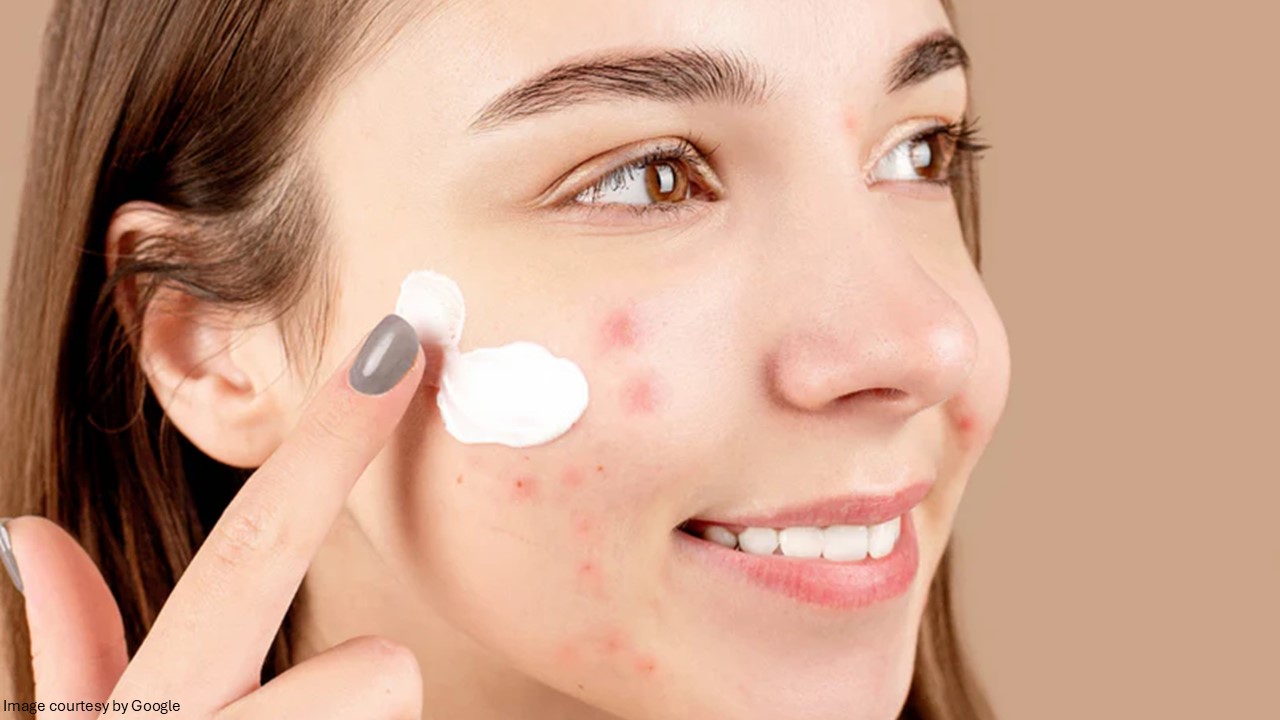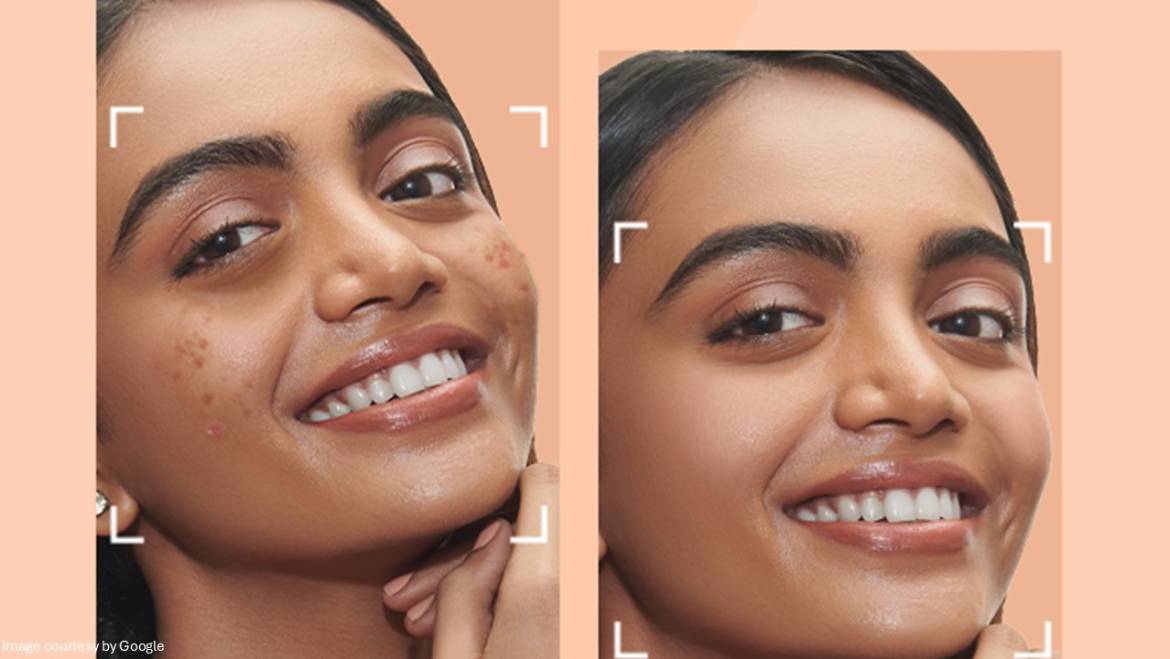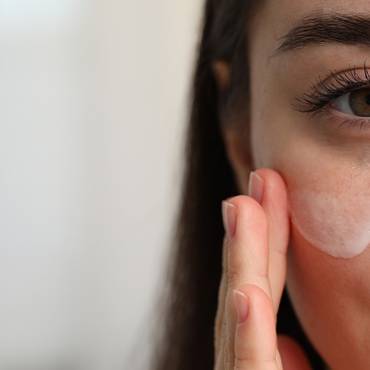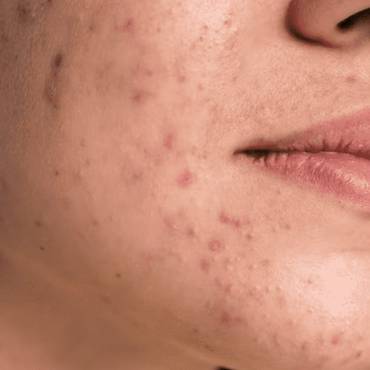Glycolic acid is a popular ingredient in skincare because it transforms dull, uneven skin into a radiant, smooth complexion. Whether you’re dealing with acne, signs of aging, or hyperpigmentation, this alpha hydroxy acid (AHA) is a versatile solution that can fit into various skincare routines. Below, we’ll dive into the benefits, proper usage, potential side effects, and recommended products for incorporating glycolic acid into your regimen.
Glycolic acid is derived from sugar cane, beets, and fruits, but it’s most effective in synthetic form. It works by loosening the bonds holding dead skin cells onto the skin, improving skin tone and texture.
You should only use products with concentrations higher than 10% under the care of a dermatologist, as using them inappropriately can cause serious skin reactions.
What is Glycolic acid?
Glycolic acid is a naturally occurring AHA derived from sugar cane. It contains the smallest molecular size among AHAs, penetrating the skin deeply and effectively. Its exfoliating properties make it an excellent choice for brightening the complexion, improving texture, and addressing multiple skin concerns.
Glycolic acid comes in different strengths and can be used for a variety of skin care purposes:
5 to 10% – Considered the most effective concentration for regular exfoliation. You can use products with this concentration every day. Glycolic acid cream 6% (glyco 6) will come under this ratio. This concentration is ideal for beginners or those with sensitive skin.
20 to 30% – Found in glycolic acid peels that should be used once every six months. You can get these peels done at a salon or skin spa. Glycolic acid cream 12% strength will come under this ratio. This medium concentration (10-20%) works best for moderate concerns like uneven skin texture and pigmentation.
Up to 70% – Available at a dermatology clinic. Higher concentrations can cause more tissue damage. High concentration (20-30%) usually should be used in severe cases and under the guidance of a dermatologist.
If your focus is on addressing visible signs of aging such as fine lines, dullness, and uneven skin texture, a concentration of glyco 6 cream and closer to glycolic acid 12 is generally recommended for nighttime use like the glycolic peel cleansing Pads and the ultra anti-aging cream.
Key attributes of glycolic acid cream or glycolic acid gel:
-
- Exfoliates dead skin cells – Helps to remove the outermost layer of dead skin, revealing fresher, healthier skin beneath.
- Boosts cell turnover – Stimulates the production of new cells, leading to smoother skin.
- Hydrating properties – At lower concentrations, it helps the skin retain moisture by improving its ability to hold onto water.

Benefits of glycolic acid for skin
-
- Exfoliates and smooths skin texture – Glycolic acid breaks down the bonds holding dead skin cells together, making it easier to shed them. This gentle exfoliation can help smooth rough skin and reveal a softer, more radiant complexion.
- Reduces fine lines and wrinkles – By increasing collagen production, glycolic acid helps to plump the skin and reduce the appearance of fine lines and wrinkles over time. It’s especially effective on sun-damaged or aging skin.
- Fades hyperpigmentation – Dark spots, sunspots, and post-inflammatory hyperpigmentation (PIH) can be minimized with regular use. Glycolic acid promotes even skin tone by accelerating the fading of discoloration.
- Unclogs pores and fights acne – Its ability to penetrate deeply into the skin helps to clear out clogged pores, reducing breakouts and minimizing blackheads. It also reduces the formation of acne scars.
- Boost product absorption – By clearing away dead skin cells, glycolic acid allows other skincare ingredients to penetrate more effectively, enhancing the overall efficacy of your skincare routine.
The top recommended glycolic acid products include toning solutions, gel exfoliants, night serums, toners, foaming cleansers, and creams. Pick dermatologically recommended glycolic acid products to treat your skin concerns and get benefit from them.
How to use glycolic acid?
Choosing the right concentration offers the desired results. Always do a patch test on your forearm before applying it to your face to avoid irritation.
If you’re new to glycolic acid, use it once or twice a week and gradually increase usage as your skin builds tolerance.
Application methods
-
- Use at night, as it can make your skin more sensitive to the sun.
- Apply on clean skin after cleansing, and follow up with a hydrating serum and moisturizer.
- Always use sunscreen (SPF 30 or higher) in the morning after using glycolic acid the previous night to protect against UV damage.
Potential side effects and precautions
While glycolic acid is generally safe, overuse or improper application can lead to:
-
- Irritation – Redness, burning, or stinging sensation, especially for sensitive skin types.
- Dryness – Over-exfoliation can strip away natural oils, leading to dryness or flakiness.
- Photosensitivity – Increases sensitivity to UV rays, making sun protection essential.
Who should avoid glycolic acid?
-
- Those with extremely sensitive or broken skin.
- Individuals currently using strong acne treatments like isotretinoin (Accutane) or retinoids.
Conclusion
Glycolic acid is a powerful skincare ingredient with numerous benefits, from exfoliation to anti-aging effects. You can achieve smoother, brighter, and clearer skin by incorporating it into your routine thoughtfully and gradually. Remember to prioritize hydration and sun protection when using glycolic acid to minimize potential side effects.
Buy glycolic acid when you know its benefits and side effects. Proper usage of glycolic acid night cream or a regular product allows you to optimize your skincare routine and enjoy its transformative effects safely.
admin
Latest posts by admin (see all)
- What is Triluma Cream? Uses, Benefits, and How It Works for Skin - December 26, 2024
- What Causes Dark Spots? Understanding the Science of Hyperpigmentation and How Skin Lightening Products Help - December 26, 2024
- Tretinoin Gel vs. Cream: Which Formulation is Right for Your Skin? - December 20, 2024



